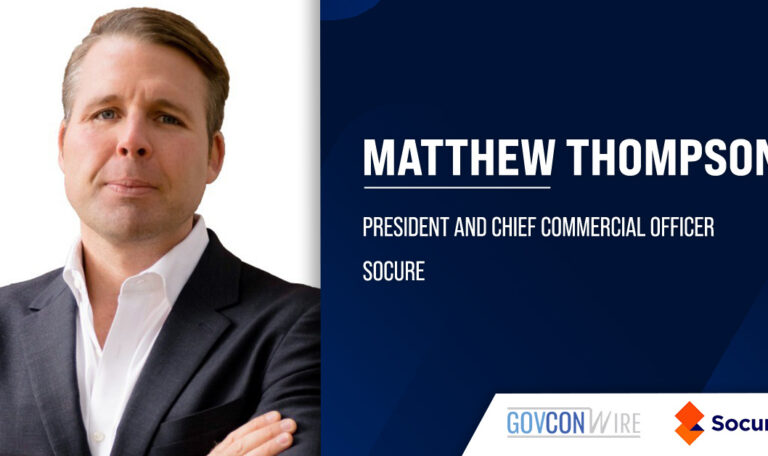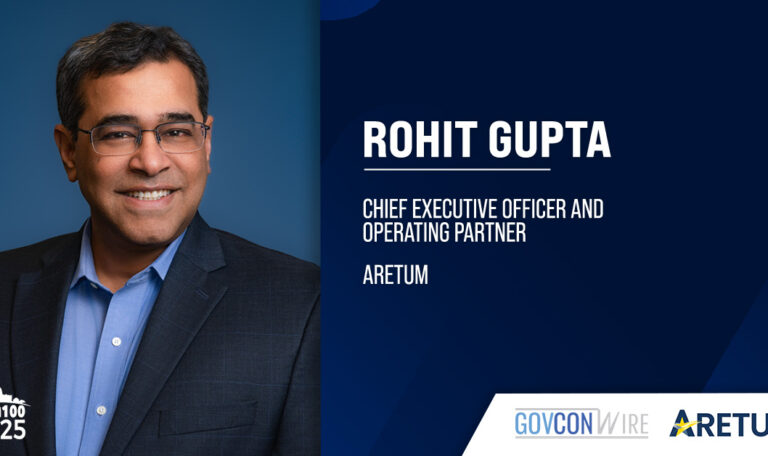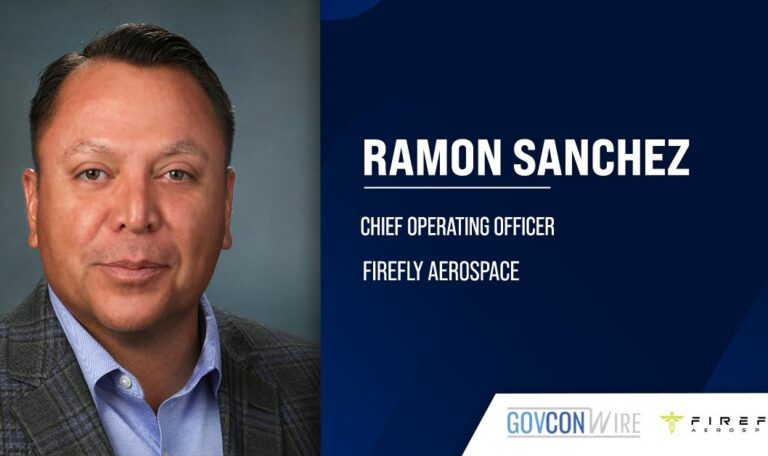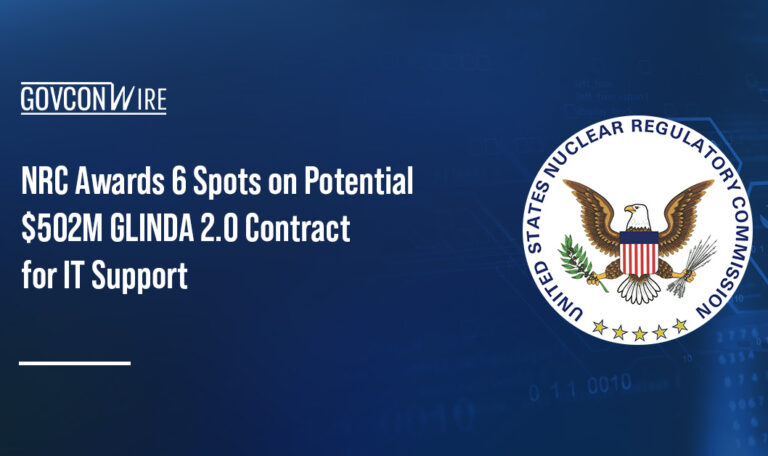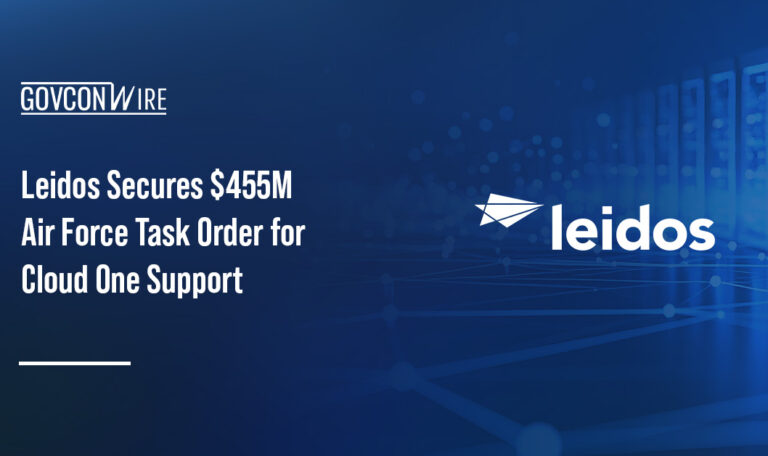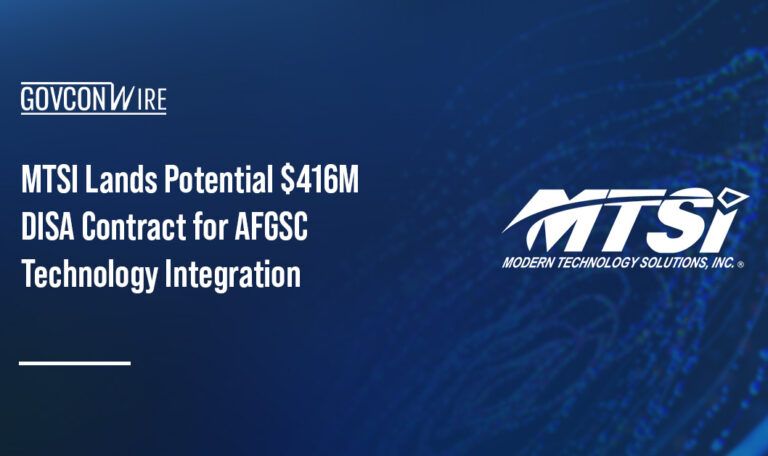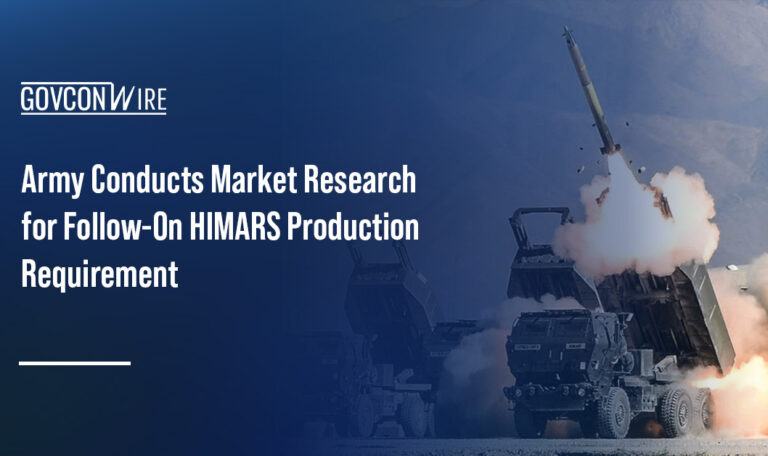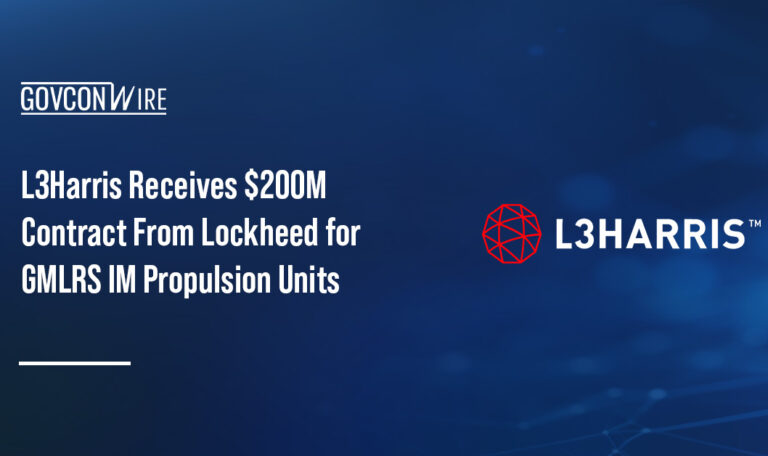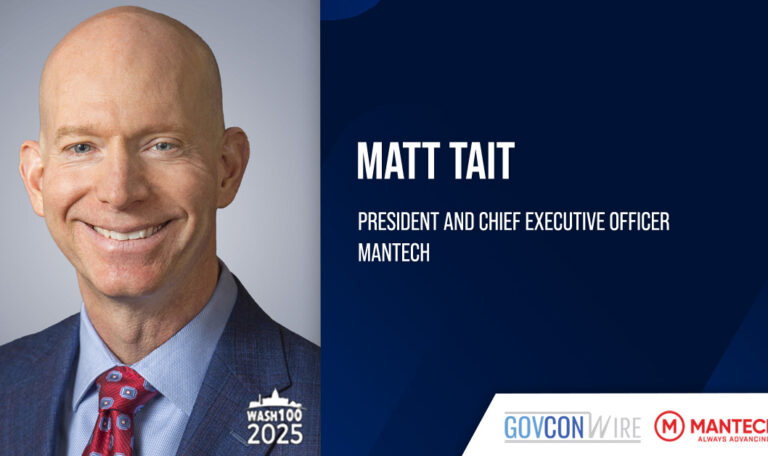Quantum computing is just over the horizon for the federal government, and agencies are gearing up for a future in which post-quantum cryptography, or PQC, defines information security.
Moving these efforts forward is the Office of Management and Budget, which in July published a report detailing the steps federal organizations must take to implement PQC into their security systems.
Why Post-Quantum Cryptography?
Today, government systems use public-key cryptography to protect sensitive data. This approach to encryption uses two keys — one public, one private — to ensure that encryption algorithms are not broken while information is in transit. With this method, the public key is transmitted over an unsecure connection, and once received, the private key is added to enable the decryption of data.
While current computers cannot break these algorithms, the cryptoanalytically relevant quantum computers, or CRQCs, of the future will be able to. The U.S. government wants to stay ahead of the threat and is taking steps to prepare for the quantum revolution.
How is the Federal Government Approaching Post-Quantum Cryptography?
OMB’s report lists four precepts government agencies should consider when migrating to PQC, the first of which is maintaining a comprehensive cryptographic inventory. Doing so means identifying where public-key cryptography is currently used and preparing to track PQC migration once it has begun. The report also stresses the importance of initiating the migration process before a CRQC becomes operational to prevent the consequences of record-now-decrypt-later attacks.
Prioritization is another element of PQC migration, and OMB recommends that agencies determine which of their systems and data are most sensitive so they can begin migrating them first. The report also urges agencies to evaluate legacy systems to identify which technologies cannot support the move to PQC.
Shifting to PQC will be a lengthy process that OMB estimates will cost $7.1 billion over the next decade.
The Quantum-Defense Relationship

The Pentagon’s February 2022 declaration of 14 critical technology areas for investment brought quantum to the forefront of defense priorities. The document lists a variety of use cases for quantum in defense, including atomic clocks, quantum sensors, quantum computing and quantum networks. As quantum advances, the DOD expects it to accelerate decision making and strengthen encryption capabilities.
The department is already laying the foundation for these applications. At a 2024 World Congress event in September, John Burke, under secretary of defense for research and engineering for science and technology, shared that a new program surrounding near-term uses of quantum computing will soon launch, Meritalk reported.
Known as the Defense Applications of Quantum-computers toward Architectures and Requirements, the program will explore quantum computing heuristics, according to Burke.
The House Armed Services Subcommittee on Cyber, Innovative Technologies and Information Systems has also called for the formation of a DOD Center of Excellence dedicated to quantum science. If established, the center would stand for 10 years and focus on the advancement of quantum computing and share information on national security uses of quantum technology, DefenseScoop reported.
Get Involved in the Quantum Revolution
The Potomac Officers Club’s 2025 Defense R&D Summit will give you the chance to convene with fellow thought leaders in the defense research and development space on Jan. 23. At the event, you will learn even more about quantum and other DOD technology priorities through keynote speeches, panel discussions and networking sessions that will give you an inside look at opportunities to contribute to the department’s quantum efforts.
To learn more and register to attend the summit, visit the event page on the Potomac Officers Club website.




